As conscious consumers, we’re increasingly drawn to pure and organic beauty products. The allure of “clean beauty” promises healthier skin and a clearer conscience. But not all products labeled natural or eco-friendly live up to their claims. Many companies use deceptive marketing tactics called greenwashing to make their products seem more sustainable than they really are.
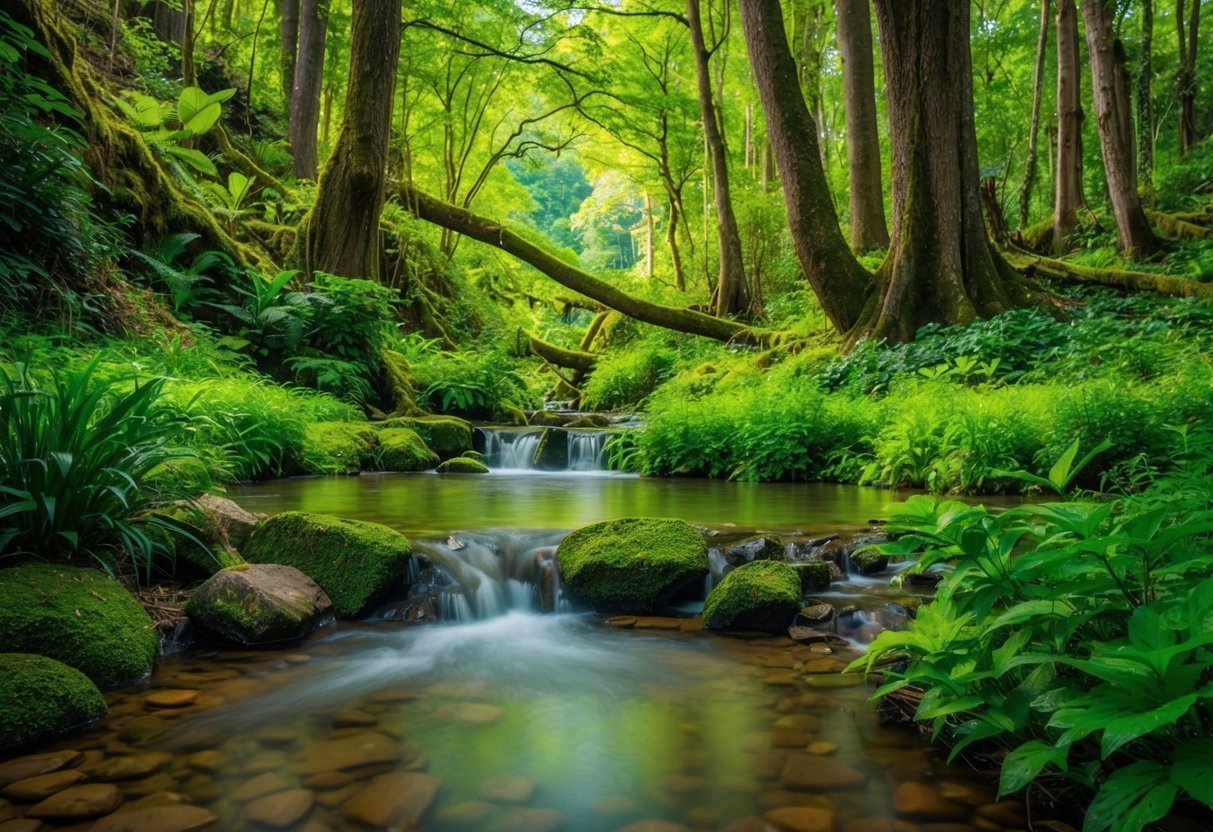
Navigating the world of clean beauty can be tricky. With so many brands touting their green credentials, it’s hard to separate fact from fiction. We want to help you make informed choices about the products you put on your skin. That’s why we’ve put together this guide on avoiding greenwashing in beauty products. Our tips will empower you to spot genuine eco-friendly options and steer clear of misleading claims.
1) Check for Third-Party Certifications

When shopping for pure and organic beauty products, we need to be savvy about spotting genuine eco-friendly options. One of the best ways to do this is by looking for trusted third-party certifications on product labels.
These certifications are like a stamp of approval from independent organizations. They verify that a product meets specific environmental or organic standards.
Some reputable certifications to keep an eye out for include USDA Organic, COSMOS, and EcoCert. These labels mean the product has undergone rigorous testing and meets strict criteria.
Not all certifications are created equal, so make sure to familiarize yourself with what different eco-labels actually mean and require.
Genuine third-party certifications provide the highest level of assurance. They’re a reliable way to distinguish truly natural products from those making empty green claims.
By choosing products with respected certifications, you can feel more confident about your purchases. You’ll know you’re supporting brands that are walking the talk when it comes to sustainability.
2) Look for Transparent Ingredient Lists
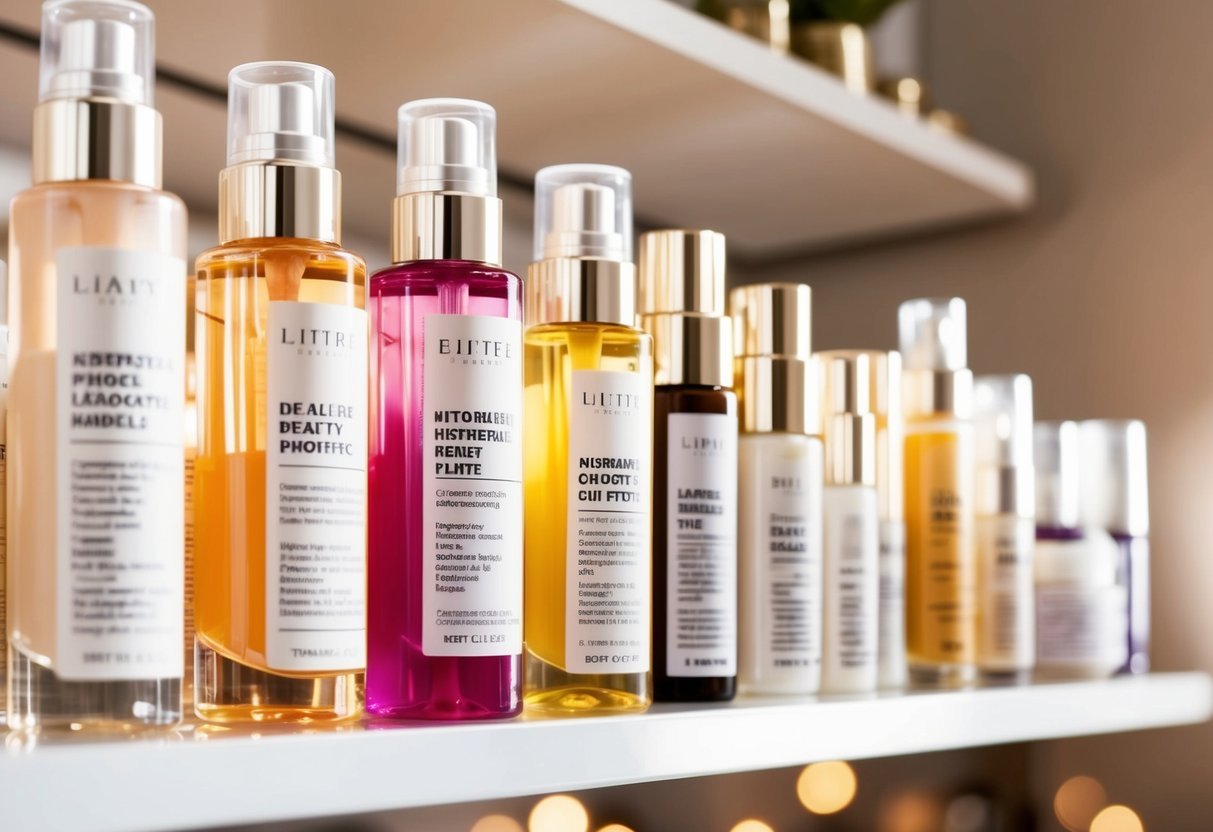
When shopping for pure and organic beauty products, always check for clear, detailed ingredient lists. A truly clean brand has nothing to hide and will proudly display every component in their formulations.
You want to see full disclosure of all ingredients, not vague terms like “natural fragrances” or “proprietary blend.” The more specific, the better.
It’s a good sign when brands explain why they’ve chosen certain ingredients. This shows they’ve put thought into each element of their product.
You should also look for information on ingredient sourcing. Authentic clean beauty companies often highlight where their ingredients come from and how they’re obtained.
If a brand makes claims about being organic or natural, make sure to look for certifications backing this up.
Transparency goes beyond just listing ingredients. Brands that share details about their manufacturing processes and packaging choices are also worth supporting.
3) Research Brand Sustainability Initiatives
We’ve got to do our homework when it comes to beauty brands claiming to be eco-friendly. It’s not enough to just take their word for it. Let’s dig into their actual sustainability practices.
You can start by checking out the brand’s website. Look for detailed info on their environmental efforts. Are they using renewable energy? Reducing waste? These are good signs.
But don’t stop there. You should also look for third-party certifications. Organizations like ECOCERT and COSMOS have strict standards for organic and natural cosmetics.
It’s also worth looking at how transparent a brand is about its ingredients and sourcing. Do they provide clear info on where their ingredients come from? That’s a positive indicator.
You can also check if the brand is part of any sustainability initiatives or partnerships. Are they working with environmental organizations? This can show a real commitment to eco-friendly practices.
Remember, true sustainability goes beyond just the product. You should consider the company’s overall practices too. Do they use eco-friendly packaging? How do they handle shipping?
4) Avoid Products with Excessive Packaging
Let’s be real – we’ve all been lured in by fancy packaging at some point. But when it comes to eco-friendly beauty, less is definitely more. Make sure to keep an eye out for products that come with minimal wrapping.
Many natural beauty brands are leading the way with simple, recyclable containers. Some even offer refillable options, which is a major win for the planet.
It’s worth checking if a product really needs all those extra boxes and plastic wraps. Often, a single container is enough to keep things fresh and protected.
You can also look for brands that use biodegradable or recycled materials in their packaging. This shows they’re thinking beyond just the product inside.
Remember, truly pure and organic beauty doesn’t need flashy exteriors to prove its worth. The ingredients should speak for themselves. By choosing items with smart, minimal packaging, you’re taking a stand against unnecessary waste in your routines. This conscious choice not only elevates your beauty regimen but also contributes to a healthier planet. By adopting sustainable beauty packaging tips, you can make a significant impact on reducing plastic pollution and promoting eco-friendly practices in the industry. Every small change you make can inspire others to join the movement towards a more sustainable future.
5) Beware of Misleading Natural Claims
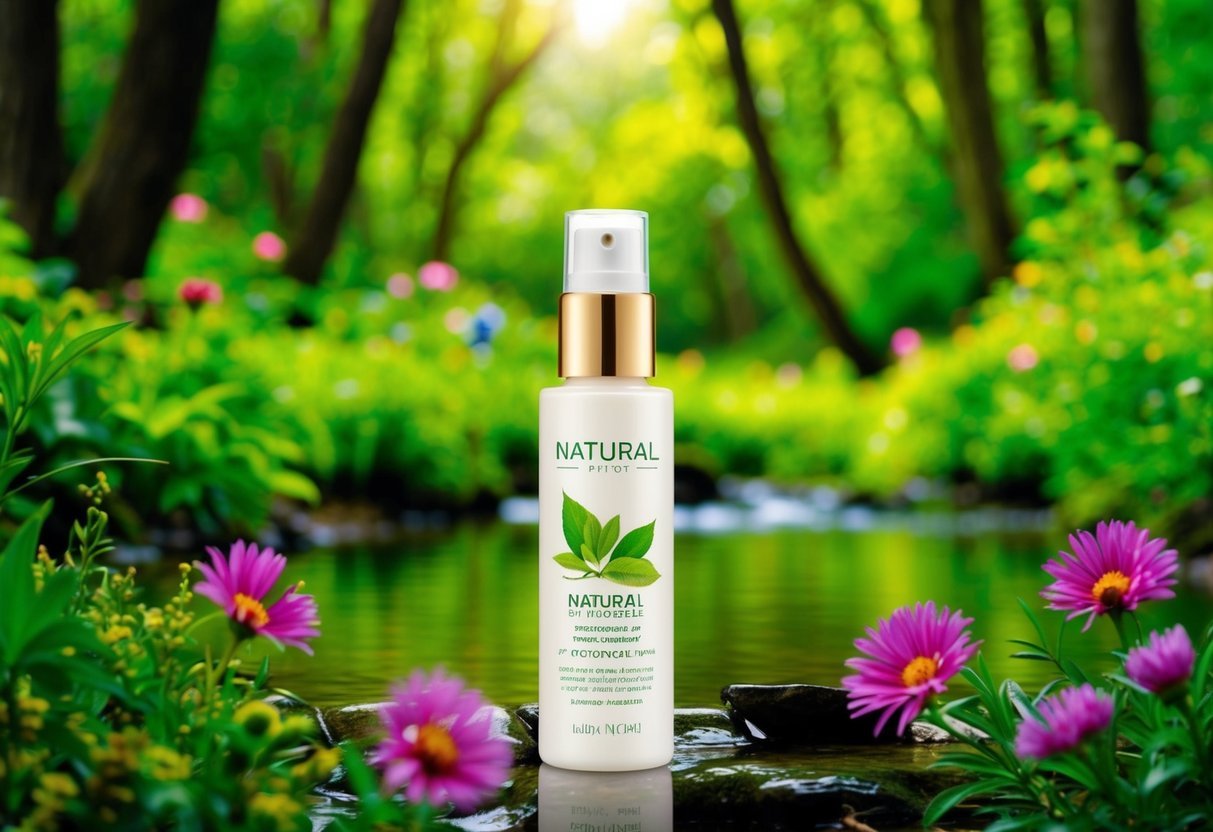
We’ve all seen beauty products labeled as “natural” or “all-natural,” but what does that really mean? Unfortunately, not much. These terms aren’t regulated in the cosmetics industry, so companies can use them pretty freely.
Just because something comes from nature doesn’t automatically make it safe or beneficial for our skin. Poison ivy is natural, but we wouldn’t want to rub that on our faces!
It’s best to look beyond vague claims and check out the actual ingredients list. You should focus on products that clearly state their organic or plant-based components.
Some brands might use a tiny amount of a natural ingredient, then load up the rest with synthetic stuff. Don’t fall for these tricks.
Instead of just trusting a “natural” label, look for certifications from reputable organizations. These can give you more confidence in a product’s eco-friendly and pure credentials.
Remember, truly clean beauty goes beyond just being natural. You want products that are effective, sustainably sourced, and kind to your body and the planet.
6) Support Local and Ethical Brands

You can make a real difference by choosing local and ethical beauty brands. These companies often prioritize sustainable practices and have a smaller carbon footprint.
Local brands tend to use fewer resources for transportation and packaging. They’re also more likely to source ingredients from nearby suppliers, supporting the local economy.
Ethical brands go beyond just environmental concerns. They often focus on fair labor practices, cruelty-free testing, and giving back to communities.
You should look for brands that are transparent about their ingredients and production methods. Many small, local companies are happy to share this information with customers.
It’s worth taking the time to research and discover hidden gems in your area. You might find amazing natural skincare lines or organic makeup brands right in your own backyard.
By supporting these businesses, you’re not only getting pure and organic products but also helping to create a more sustainable beauty industry.
Keep an eye out for local markets, craft fairs, and eco-friendly shops. These are great places to discover new, earth-friendly beauty options.
7) Understand Common Greenwashing Terms
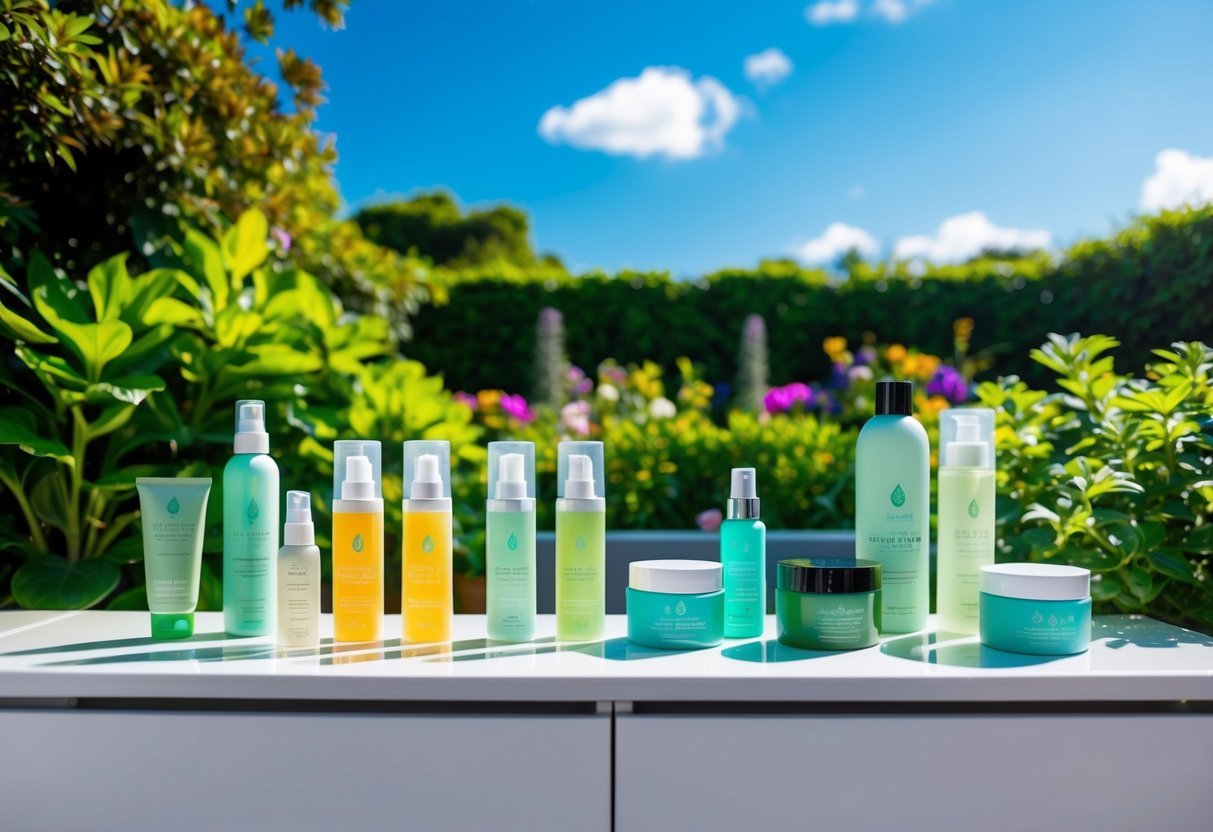
We’ve all seen beauty products labeled as “natural,” “eco-friendly,” or “green.” But what do these terms really mean? It’s crucial to understand common greenwashing vocabulary to make informed choices.
“Natural” is a tricky one. It doesn’t have a regulated definition in the beauty industry. A product might contain one natural ingredient but still be full of synthetic chemicals.
“Organic” is another term to watch out for. Unless a product is certified organic, it may only contain a small percentage of organic ingredients.
“Chemical-free” is a red flag. Everything is made of chemicals, even water! This claim is often used to scare consumers away from perfectly safe ingredients.
“Clean beauty” is a popular buzzword, but it’s not a regulated term. Different brands define it differently, so you need to look beyond the label.
“Biodegradable” sounds great, but without a timeframe, it doesn’t mean much. Most things will eventually biodegrade, even if it takes hundreds of years.
By familiarizing yourself with these terms, you can better navigate the world of pure and organic beauty products. Let’s look past the marketing hype and focus on what’s really in our skincare.
8) Prioritize Multi-Functional Products
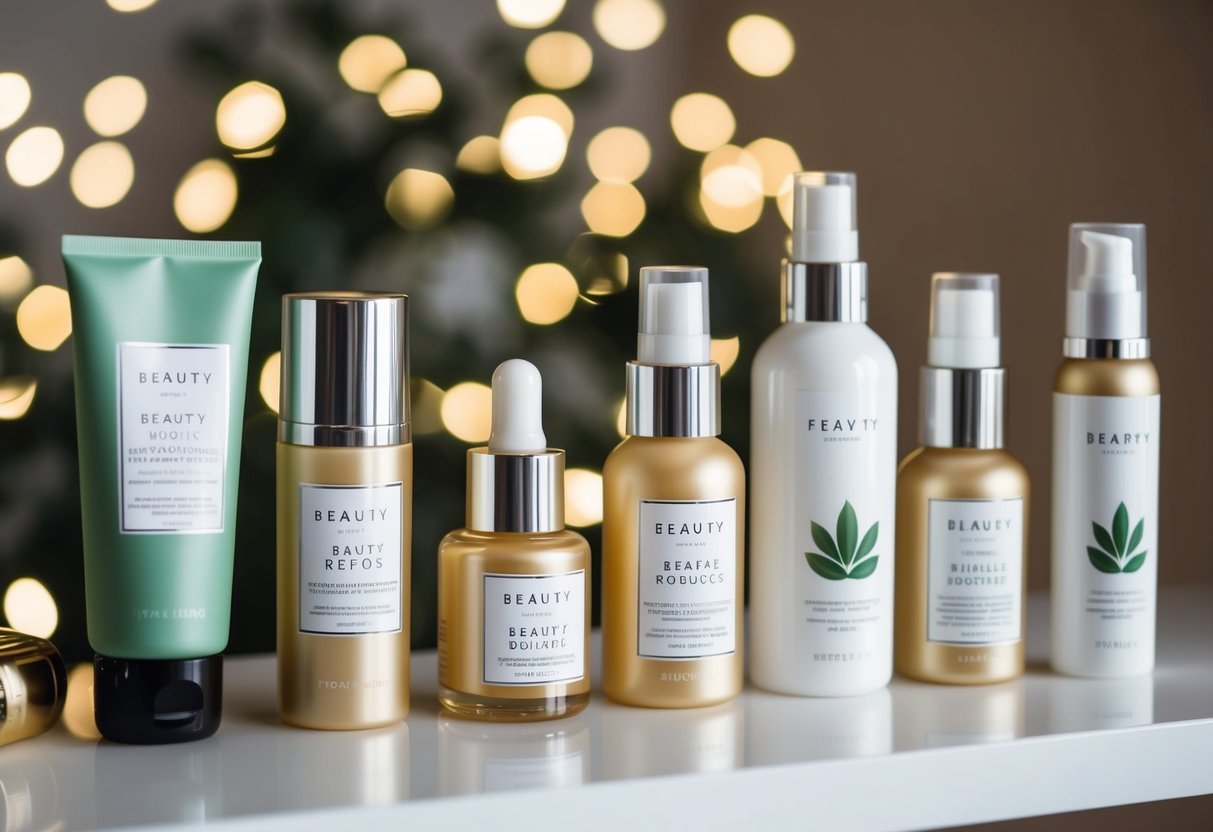
Multi-use beauty products are a game-changer for our routines and the environment. We love items that pull double or triple duty, like lip and cheek stains or all-over balms.
These versatile products not only simplify our beauty regimens but also reduce packaging waste. By choosing one item that serves multiple purposes, we’re cutting down on the number of containers we need to buy and dispose of.
Multi-functional products often have a smaller carbon footprint too. They require less energy and resources to produce and transport compared to buying several single-use items.
We’ve found that many clean beauty brands are embracing this trend. They’re creating innovative formulas that work well on different parts of the face and body.
When shopping, look for products that explicitly state their multiple uses on the label. Some of our favorites include tinted moisturizers with SPF, lip oils that double as cheek tints, and moisturizing balms for face, lips, and cuticles.
By opting for these clever multi-taskers, you’re making a small but meaningful choice for the planet. It’s an easy way to reduce your beauty waste without sacrificing quality or effectiveness.
Understanding Greenwashing
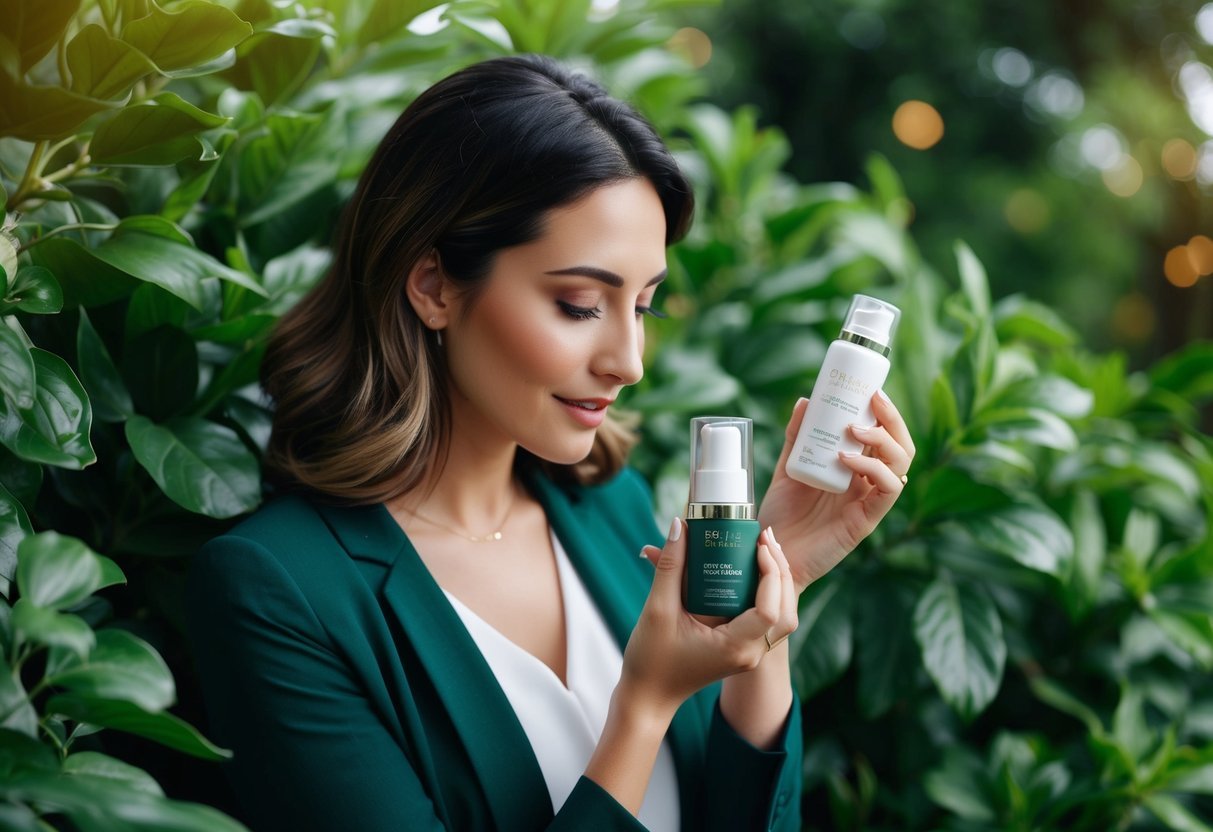
Greenwashing is a deceptive marketing tactic that’s become all too common in the beauty industry. We’ll explore what it means and how brands try to pull the wool over our eyes.
What is Greenwashing?
Greenwashing happens when companies make their products seem more eco-friendly or natural than they really are. It’s a sneaky way to cash in on our desire for clean, green beauty without actually changing much.
Some brands slap words like “natural” or “organic” on their packaging, even if only a tiny bit of the product fits that description. Others might use earthy colors or plant images to give a false impression of sustainability.
We’ve seen products claiming to be “100% recycled” when only the bottle is made from recycled materials. It’s frustrating and confusing for those of us trying to make better choices.
Common Tactics Used in Greenwashing
Brands often use vague terms like “eco-friendly” or “pure” without backing them up. These buzzwords sound great but don’t mean much without specifics.
Some companies create fake certifications or use misleading symbols to look legit. We’ve spotted plenty of leaf icons that aren’t tied to any real green standards.
Another trick is highlighting one good ingredient while ignoring the not-so-great stuff. A shampoo might brag about its organic lavender but stay quiet about the harsh chemicals mixed in.
Exaggerated claims are also big in greenwashing. We’ve rolled our eyes at products promising to “save the planet” just by switching to their brand.
How to Identify Truly Sustainable Beauty Products
Spotting genuinely sustainable beauty products requires a keen eye and some research. We’ve found that focusing on certifications and digging into brand practices can help separate the truly eco-friendly from the greenwashed.
Check for Certification and Labels
When shopping for clean beauty, we look for trusted third-party certifications. The COSMOS logo is a great indicator of organic and natural cosmetics. It’s updated annually and covers new product launches. We also keep an eye out for other reputable certifications like USDA Organic, Leaping Bunny, or EWG Verified.
These labels aren’t just pretty stickers – they mean the product has met strict standards. We avoid vague terms like “eco-friendly” or “natural” without backup. Instead, we seek out specific claims about ingredients, sourcing, and environmental impact.
Some brands go the extra mile with plastic-free packaging. Glass bottles or recyclable materials are good signs of sustainability efforts.
Research the Brand’s Practices
We don’t just take a brand’s word for it – we dig deeper. Transparency is key. We look for companies that openly share their ingredient lists, sourcing info, and manufacturing processes.
A truly sustainable brand will explain why they’ve chosen certain ingredients and how they benefit both us and the planet. We check if they have clear sustainability goals and track their progress.
We also investigate their supply chain. Do they use fair trade practices? How do they reduce their carbon footprint? Brands committed to sustainability often highlight these efforts on their websites or social media.
Remember, greenwashing can be subtle. We stay skeptical of overly dramatic claims and focus on concrete actions and results.
Frequently Asked Questions
Navigating the world of eco-friendly beauty can be tricky. We’ve compiled some common questions to help you make informed choices and avoid falling for greenwashing tactics.
What steps can I take to make sure I’m not falling for greenwashing in beauty products?
We recommend looking for third-party certifications like COSMOS or USDA Organic. These labels mean the product has been vetted by independent organizations. Also, check for transparent ingredient lists and research the brand’s sustainability initiatives. Be wary of vague claims like “all-natural” without further explanation.
Which brands are known for being truly eco-friendly without the greenwash?
While we can’t endorse specific brands, we suggest looking for companies that are transparent about their sourcing, manufacturing processes, and environmental impact. Brands that provide detailed information about their sustainability efforts and have certifications from reputable organizations are often good choices.
What are some telltale signs that a beauty product might be greenwashed?
Watch out for excessive packaging, especially if it’s not recyclable or made from recycled materials. Be skeptical of products that claim to be “100% natural” but have long, complex ingredient lists. If a brand makes grand environmental claims without providing specific details or evidence, that’s a red flag.
Can you give me the scoop on the biggest no-nos when it comes to greenwashing?
The biggest offenders include using misleading imagery (like leaves or nature scenes) to imply eco-friendliness, making vague claims without substance, and highlighting one green attribute while ignoring other harmful aspects of the product. We also side-eye brands that create special “green” lines while their main products remain environmentally unfriendly.
How do I read between the lines of beauty product labels to spot greenwashing?
We suggest familiarizing yourself with common ingredients and their functions. Look for clear, specific claims backed by evidence. Be cautious of buzzwords like “clean” or “non-toxic” without further explanation. Check if the entire product, including packaging, lives up to the eco-friendly claims.
What legal actions have been taken against companies for misleading greenwashing claims?
Several beauty companies have faced lawsuits and fines for false or misleading environmental claims. Regulatory bodies like the FTC in the US have taken action against brands for unsubstantiated “all natural” claims or exaggerated recycling statements. These cases often result in financial penalties and required changes to marketing practices.

